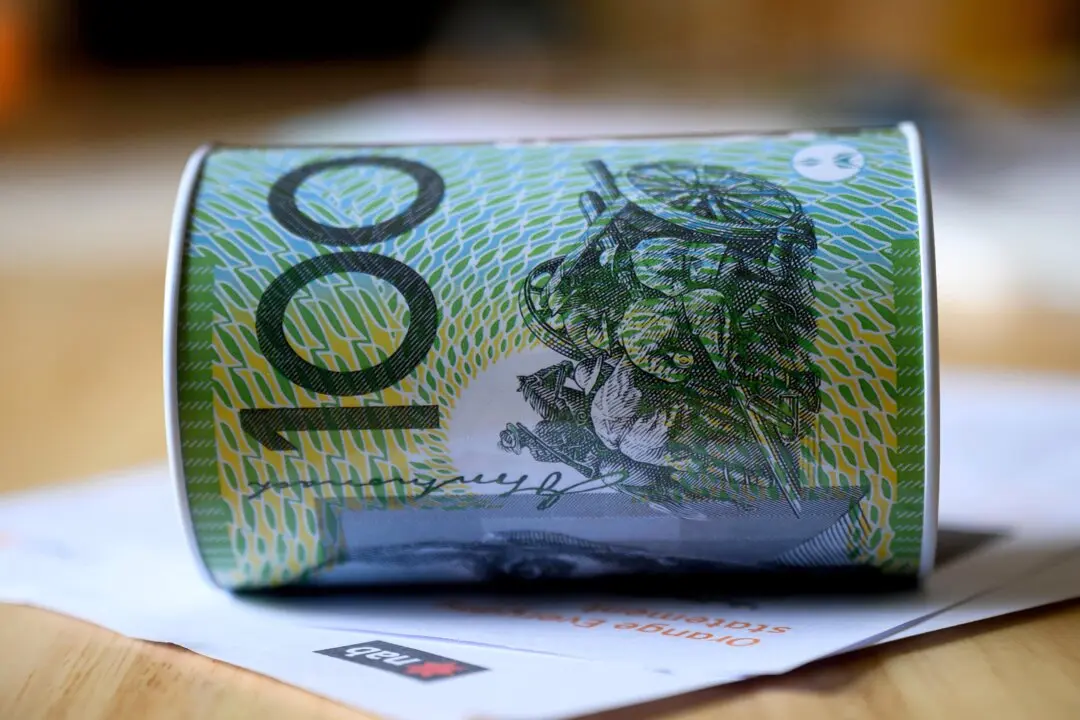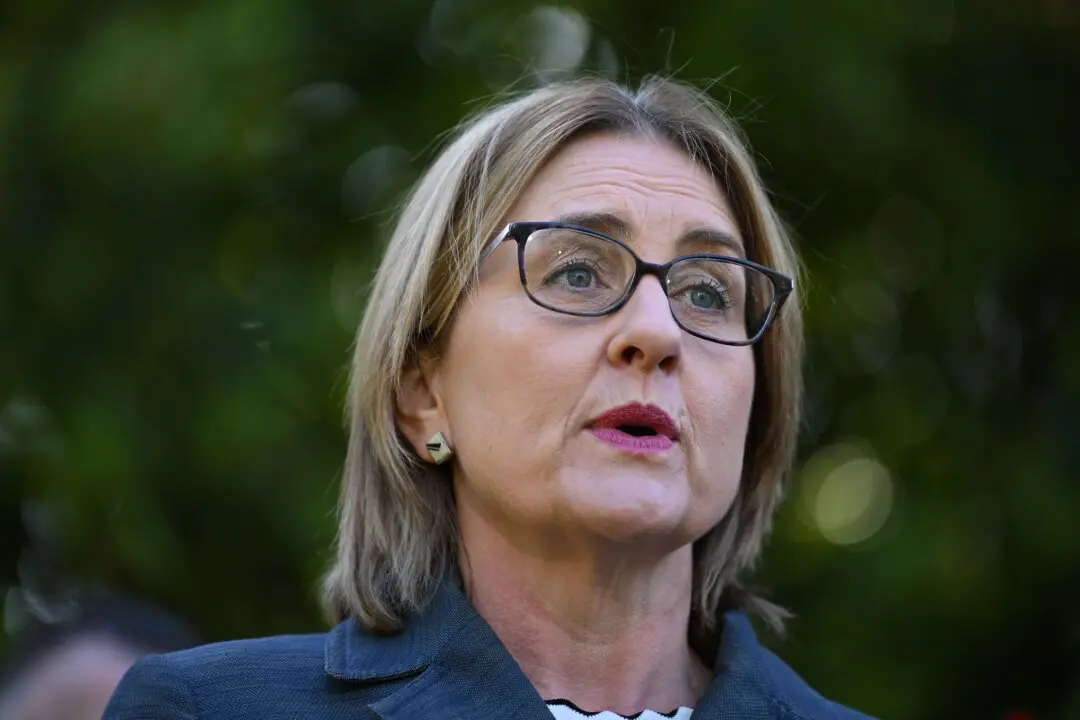The latest data from the Australian Bureau of Statistics has presented negative news for the government, despite previous efforts to bring down inflation.
The Consumer Price Index (CPI) rose to 2.3 percent in the 12 months to November 2024, showing the ongoing inflationary pressures in Australia.





